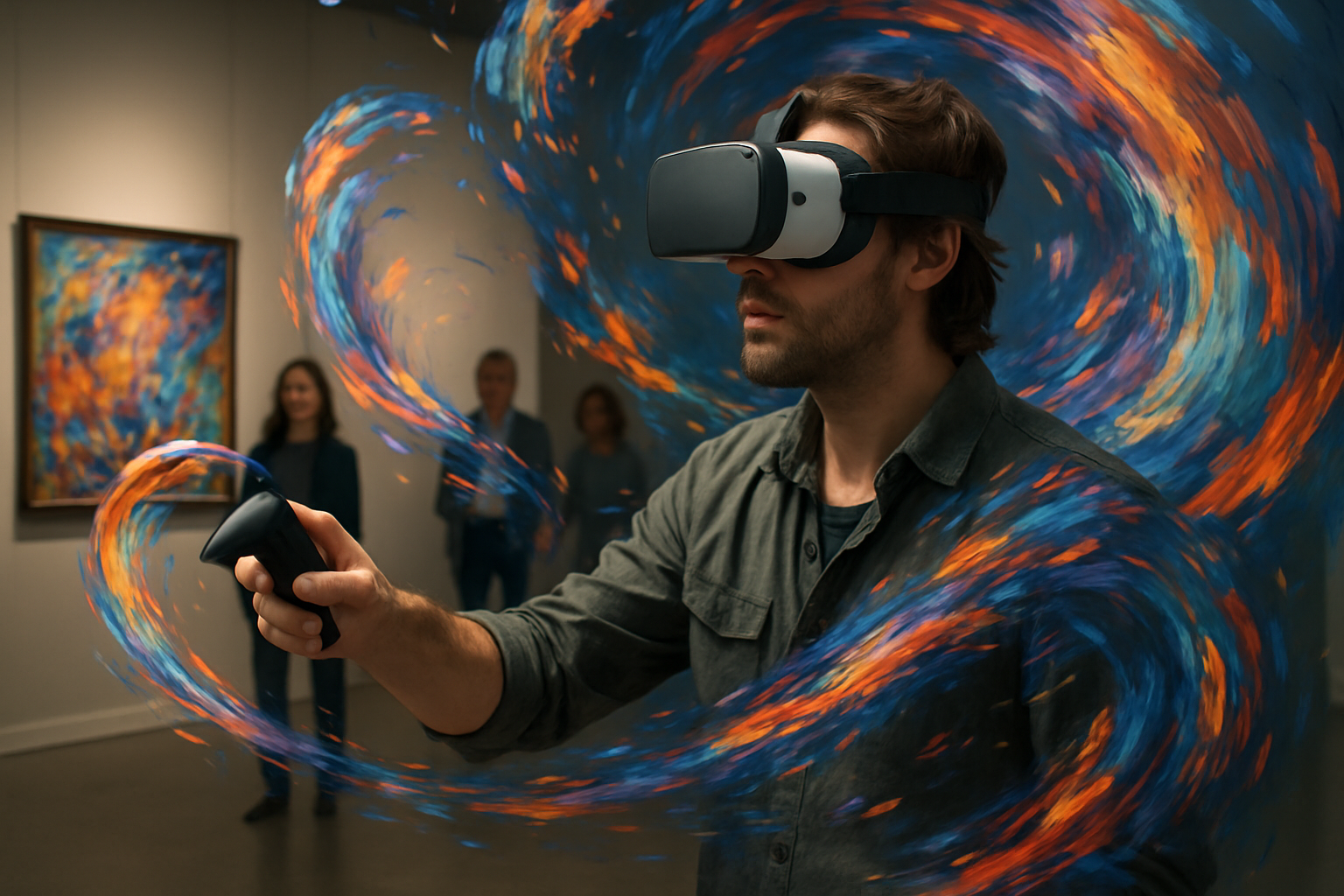Virtual Artscapes: The Digital Renaissance of Museum Experiences
In an era where technology continues to reshape our daily lives, the art world is experiencing a profound transformation. Virtual museum tours, once considered a niche offering, have evolved into immersive digital experiences that are redefining how we engage with art and cultural heritage. This digital renaissance is not merely a response to global challenges but a pioneering approach to democratizing access to the world's most treasured collections and exhibitions.

Beyond the Screen: Immersive Technologies Revolutionize Art Viewing
Virtual reality (VR) and augmented reality (AR) are at the forefront of this digital renaissance. These technologies offer more than just visual representations; they create fully immersive environments where visitors can virtually walk through galleries, zoom in on brushstrokes, and even interact with digital recreations of artifacts. The Louvre’s VR experience, Mona Lisa: Beyond the Glass, for instance, allows users to examine da Vinci’s masterpiece in extraordinary detail, revealing layers of history and technique previously inaccessible to the public.
Curating the Digital: The Art of Online Exhibitions
As virtual platforms evolve, so does the role of the curator. Digital curators are pioneering new ways to present art, creating thematic exhibitions that transcend physical limitations. These online shows can juxtapose works from different museums, eras, and cultures in ways that would be impossible in traditional settings. The Museum of Modern Art’s Virtual Views series, for example, offers curator-led online experiences that provide fresh perspectives on their collections, engaging audiences through live Q&As and interactive content.
Accessibility and Education: Democratizing Art Appreciation
One of the most significant impacts of virtual museum experiences is the democratization of art education. Geographic and economic barriers that once limited access to world-class museums are being dismantled. Students from remote areas can now tour the Smithsonian or the British Museum, while art enthusiasts with mobility challenges can explore galleries from the comfort of their homes. This increased accessibility is fostering a new generation of art lovers and potentially diversifying the future landscape of art creation and appreciation.
The Human Touch: Balancing Technology and Authenticity
As museums embrace digital platforms, a crucial challenge emerges: maintaining the authenticity and emotional resonance of art in a virtual space. While technology can replicate visual elements with stunning accuracy, capturing the ambiance of a gallery or the subtle nuances of a sculpture remains complex. Museums are experimenting with audio guides, live streams with curators, and even AI-powered chatbots to enhance the human element of these digital experiences, striving to create connections that rival in-person visits.
Preserving the Past, Shaping the Future
The digital renaissance in museums extends beyond visitor experiences to conservation and research. Advanced imaging techniques and data analysis are unveiling new insights into artworks, helping conservators preserve cultural heritage for future generations. Moreover, as climate change and global conflicts threaten historical sites, digital preservation becomes increasingly crucial. Projects like Rekrei use crowdsourced photos to create 3D models of endangered or destroyed monuments, ensuring that even if physical structures are lost, their digital twins can persist.





